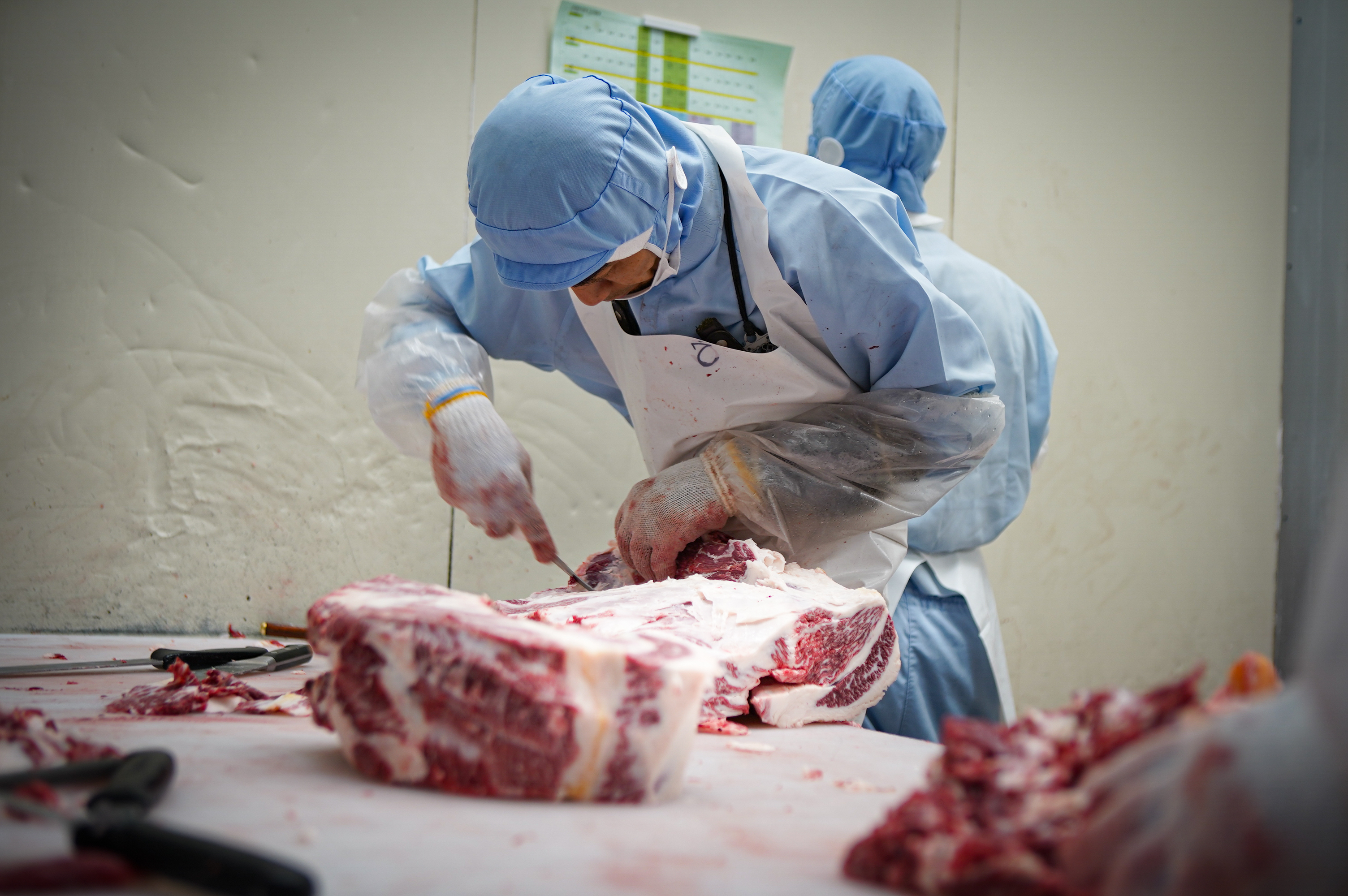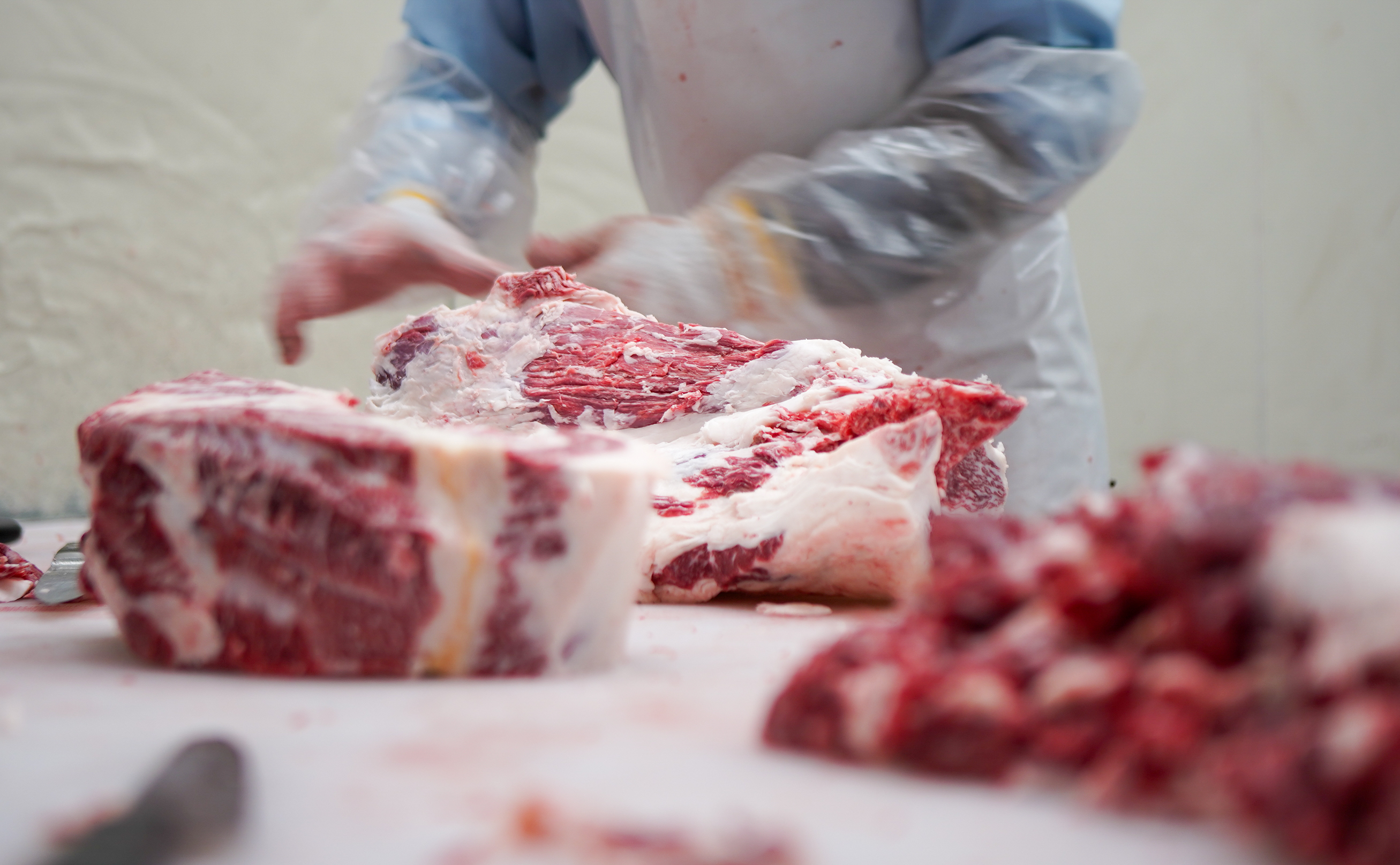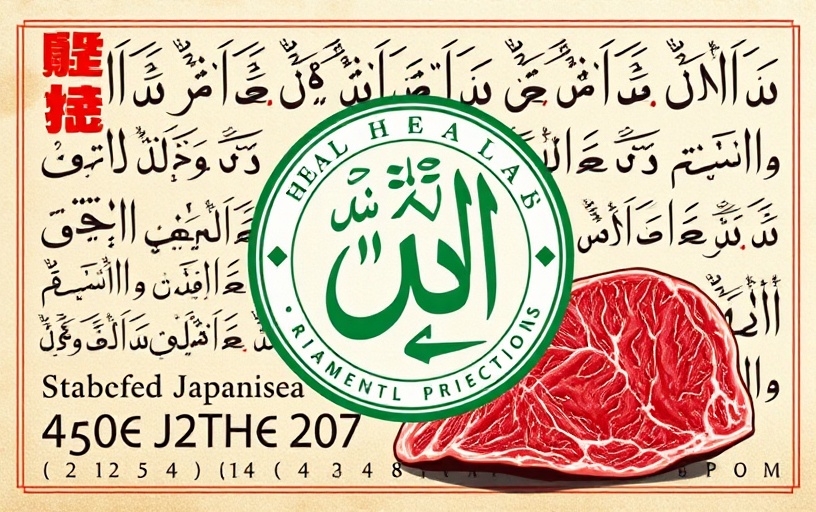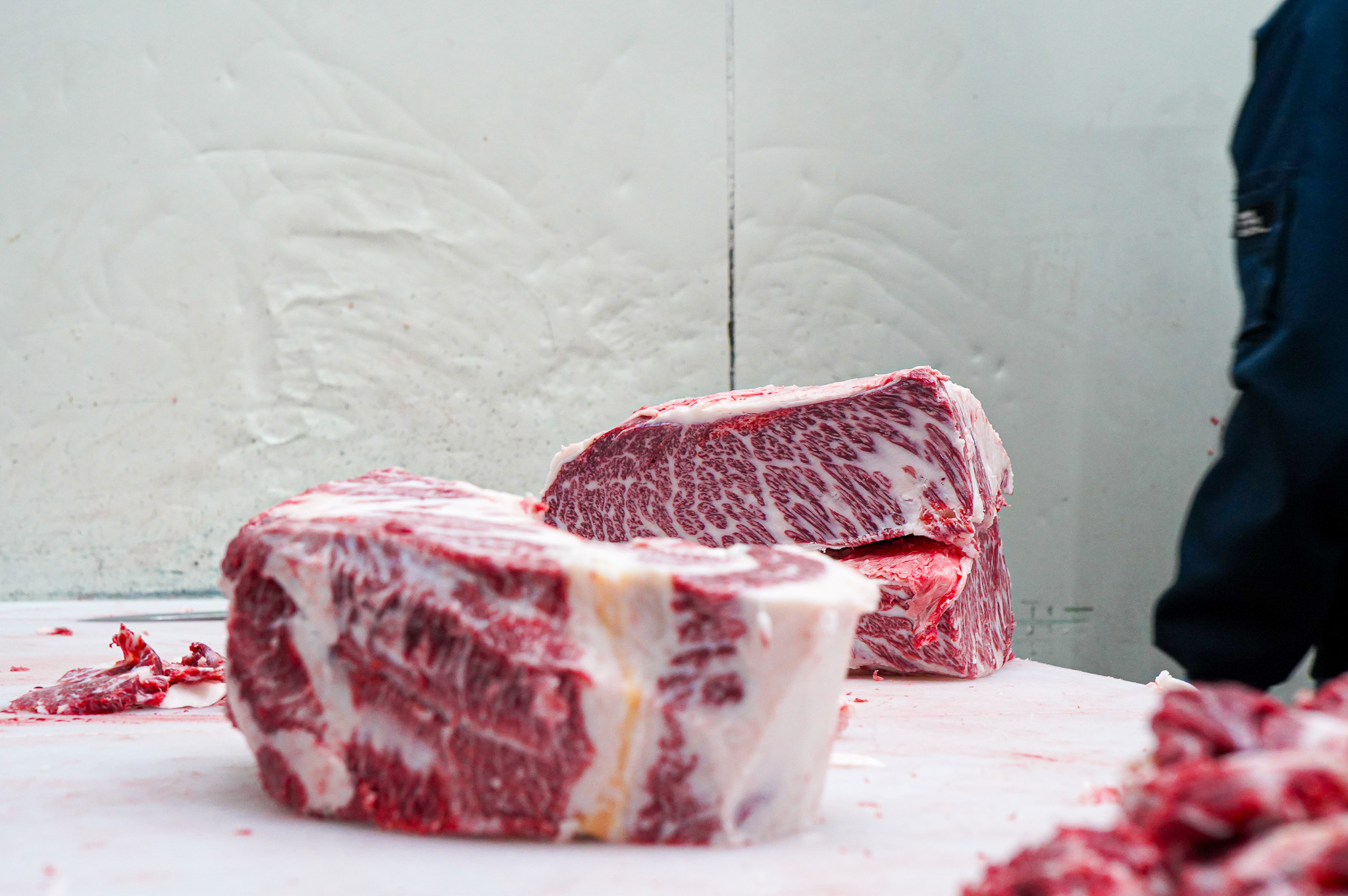Understanding the Hierarchy: Kobe Beef vs Other Wagyu
When discussing premium beef, understanding the relationship between Kobe beef, other Japanese prefecture wagyu, and overseas Wagyu is crucial. This comprehensive comparison will help you make informed decisions based on the latest 2025 standards and market conditions.
1. Definition and Legal Standards
Kobe Beef (神戸牛)
- Must be Tajima cattle born and raised in Hyogo Prefecture
- Processed at designated facilities in Hyogo Prefecture
- Marbling score (BMS) of 6 or higher
- Meat quality grade of 4 or 5
- Gross carcass weight between 230-470kg
- Individual identification number tracking from birth
Other Prefecture Wagyu
- Matsusaka Beef: Female cattle from Mie Prefecture, corn-fed for exceptional marbling
- Omi Beef: Shiga Prefecture's 400-year heritage, balanced flavor profile
- Hida Beef: Gifu Prefecture's high-altitude raised cattle
- Sendai Beef: Miyagi Prefecture's grain-fed premium wagyu
Overseas Wagyu
- Australian Wagyu: Crossbred cattle, varying quality levels
- American Wagyu: Full-blood and crossbred varieties
- European Wagyu: Emerging markets with limited production
2. Quality Comparison Matrix
| Category | Kobe Beef | Other Prefecture Wagyu | Overseas Wagyu |
|---|
| Marbling Quality | BMS 6-12 (Exceptional) | BMS 3-12 (Variable) | MB 3-9+ (Inconsistent) |
| Flavor Profile | Buttery, umami-rich | Regional variations | Milder, less complex |
| Texture | Melts at body temperature | Tender, varies by region | Good, but firmer |
| Traceability | Complete birth-to-plate | Good within Japan | Limited or none |
3. Price Analysis (2025 Market Rates)
Retail Pricing per 100g
- Kobe Beef A5: ¥8,000-15,000 ($55-105 USD)
- Matsusaka Beef A5: ¥6,000-12,000 ($42-84 USD)
- Other Prefecture A5: ¥4,000-8,000 ($28-56 USD)
- Australian Wagyu MB9+: ¥3,000-6,000 ($21-42 USD)
- American Wagyu: ¥2,500-5,000 ($17-35 USD)
Restaurant Pricing (per serving)
- Kobe Beef Tasting Menu: ¥25,000-50,000 ($175-350 USD)
- Prefecture Wagyu Course: ¥15,000-30,000 ($105-210 USD)
- Overseas Wagyu: ¥8,000-18,000 ($56-126 USD)
4. Practical Selection Guide
Choose Kobe Beef When:
- Seeking the ultimate luxury dining experience
- Celebrating special occasions
- Wanting guaranteed premium quality
- Requiring complete traceability for halal certification
- Budget allows for premium pricing
Choose Other Prefecture Wagyu When:
- Wanting excellent quality at better value
- Exploring regional flavor differences
- Regular consumption of premium beef
- Supporting specific regional producers
Choose Overseas Wagyu When:
- Budget-conscious premium beef selection
- Local availability is limited
- Introduction to wagyu-style beef
- Bulk purchasing for restaurants
5. Halal Certification Considerations
For Muslim consumers, the certification hierarchy follows the same quality standards:
- Halal Kobe Beef: Highest quality with complete Islamic compliance
- Halal Prefecture Wagyu: Excellent quality with regional variations
- Halal Overseas Wagyu: Good entry point with varying certification standards
6. Authentication and Verification
Kobe Beef Authentication
- Official Kobe Beef certificate with individual number
- Chrysanthemum seal verification
- QR code traceability system
- Authorized dealer certification
Red Flags to Avoid
- Unusually low prices for claimed Kobe beef
- Lack of proper documentation
- Vague origin descriptions
- No individual identification numbers
7. Future Market Trends (2025-2030)
The wagyu market is evolving with several key trends:
- Sustainability Focus: Increased emphasis on environmental practices
- Technology Integration: Blockchain traceability systems
- Global Expansion: More overseas wagyu production facilities
- Halal Market Growth: Expanding certified halal wagyu options
- Direct-to-Consumer: Online sales and subscription services
Conclusion: Making the Right Choice
The choice between Kobe beef, other prefecture wagyu, and overseas Wagyu ultimately depends on your priorities: budget, occasion, availability, and personal preferences. Kobe beef remains the gold standard for those seeking the ultimate experience, while other options provide excellent value and quality for different needs.
For halal consumers, the same quality hierarchy applies, with the added assurance of Islamic dietary compliance. Whether you choose Kobe beef for a once-in-a-lifetime experience or other wagyu varieties for regular enjoyment, understanding these differences ensures you make an informed decision that matches your expectations and budget.




